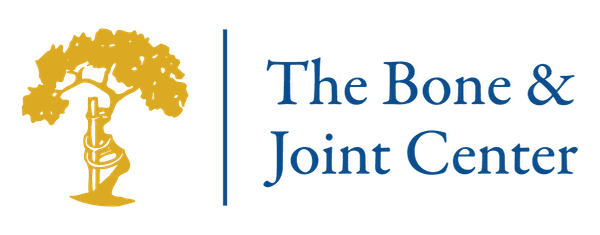Discography
Click the white PLAY button to start video.
Read more about Discography
Introduction
Anatomy
The spinal cord does not fill the entire space in the spinal canal. Instead, the spinal cord is surrounded by the epidural space (cavity), which contains fluid, nerves, and blood vessels. Spinal nerves extending from the spinal cord travel out of openings or “tunnels” in the bones (foramina) to exchange nerve signals with your brain about specific parts of your body.
The discs and two small joints connect one vertebra to the next. The discs and joints provide support and stability, while allowing movement. The discs also act as a shock-absorbing cushion to protect the vertebrae.
Causes
The center of the disc (nucleus pulposus) is cushion-like because it is filled with fluid. With age, discs lose water content. The discs become more narrow, less flexible, and less effective as cushions between the vertebrae. Being overweight or a smoker only adds to the problem. For these reasons, herniated discs occur most frequently among middle aged people.
As a disc deteriorates, the outer layer can weaken and tear. A herniated disc occurs when the outer layer ruptures, and its inner content of fluid leak out. Discs heal slowly, during which time new nerve endings may form in the ruptured areas. The leaking fluids can irritate the new nerve endings. Disc fluid contains chemicals. Upon contacting the nerves, a chemical reaction takes place. The nerves become irritated, resulting in pain. If the disc travels into the spinal canal it may put pressure on the spinal cord or spinal nerves. The pressure and chemical reaction results in pain.
Symptoms
Diagnosis
On the day of your procedure, you will be asked not to take any pain medication. You will wear a gown for the procedure. You will be positioned in a way that your doctor can access the affected area of your spine, such as lying on your front. Before the procedure begins, the affected area of your neck or back will be sterilized and numbed with an anesthetic. You may receive relaxation medicine and antibiotics before your procedure.
Your doctor will use a live X-ray image (fluoroscopy) to carefully insert and guide a needle to the outer layer of the suspected disc. A second needle is moved through the first one. The second needle is guided to the center of the disc. If more than one disc is suspected, this process may be repeated on the other discs as well.
After the needle is positioned in the center of the disc, contrast dye is injected. The contrast dye may cause temporary pain. You will be asked to rate your pain and asked if the pain is similar to that of your symptoms. If more than one disc is being tested, this step is completed at each one. The needles are removed following the evaluation.
The second step in discography uses an X-ray to show where the contrast dye has spread. The pattern of dye within the disc can help determine if the disc is abnormal. At this time, a computed tomography (CT) scan may be used to show more detail about the extent of the rupture or tear pattern, as well as the size and shape of the disc.
You will be monitored for about 45 minutes before you can return home. Another person should drive you if you received relaxation medication. Your doctor will prescribe pain medication to ease the temporary pain caused by the procedure. Your doctor will discuss your results with you and present options for future treatment.

Copyright © - iHealthSpot Interactive - www.iHealthSpot.com
This information is intended for educational and informational purposes only. It should not be used in place of an individual consultation or examination or replace the advice of your health care professional and should not be relied upon to determine diagnosis or course of treatment.
The iHealthSpot patient education library was written collaboratively by the iHealthSpot editorial team which includes Senior Medical Authors Dr. Mary Car-Blanchard, OTD/OTR/L and Valerie K. Clark, and the following editorial advisors: Steve Meadows, MD, Ernie F. Soto, DDS, Ronald J. Glatzer, MD, Jonathan Rosenberg, MD, Christopher M. Nolte, MD, David Applebaum, MD, Jonathan M. Tarrash, MD, and Paula Soto, RN/BSN. This content complies with the HONcode standard for trustworthy health information. The library commenced development on September 1, 2005 with the latest update/addition on February 16, 2022. For information on iHealthSpot’s other services including medical website design, visit www.iHealthSpot.com.

